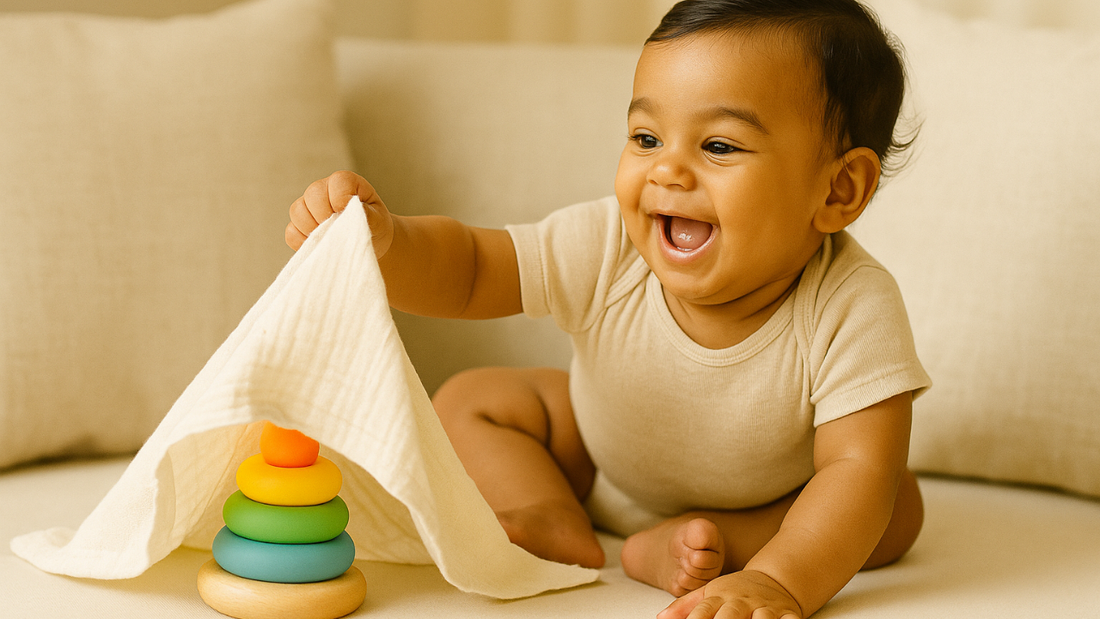
Object Permanence: What It Means and How to Support It
LiLLBUDEarly development includes one very interesting aspect. This is when babies discover that things still exist even when they cannot see them. This concept is called object permanence. It is vital for their mental growth. It boosts the understanding that objects and people continue to exist even when you can't see them. Until this concept forms in their minds, babies believe that things that are out of sight have completely disappeared. This skill builds their memory, problem-solving, and even emotional well-being.
What Is Object Permanence?
Object permanence means understanding that people and things still exist even though you can not see them. They don’t just “disappear” when you can't see them. Before they get this concept, babies might act like a toy that’s hidden—or even a parent who steps out of the room—no longer exists.
Jean Piaget, a well-known developmental psychologist, pointed out that this realization is a major milestone in the sensorimotor stage, usually starting around 4 to 8 months. By the time they’re 9 to 12 months old, most babies show clear signs that they're developing this understanding.
Why It Matters
Learning about object permanence isn't just a cool trick; it helps you learn more complicated skills:
- Building memory: Babies can remember things and people even when they are out of sight.
- Problem-solving: They will start looking for toys and keep looking until they find them.
- Bonding and safety: It helps explain separation anxiety; babies know you're still there, even if they can't see you.
-
Language readiness: Understanding permanence is linked to symbolic thinking, which is important for learning to speak.
Signs Your Baby Is Developing Object Permanence
- Look for a toy after it’s dropped or covered.
- Lifts a cloth to find a hidden object.
- Crawls towards a parent who’s left the room.
-
Becomes clingier (and remember, separation anxiety is actually a positive sign of progress!).
-
Becomes clingier (separation anxiety is actually a positive sign of progress!).
Activities to Support Object Permanence
You can help your baby practice through simple, fun games:
-
Peek-a-Boo: A classic game that teaches “just because you can’t see me, doesn’t mean I’m gone.”
-
Cover & Reveal Toys: Hide a toy under a blanket and let your baby try to find it. Start with a partially covered toy, then make it harder over time.
- Drop and Retrieve: Babies love to drop things! This gives them a chance to think about permanence. Give them soft toys or rattles that they can drop safely and watch you pick them up again.
- Hide-and-Sounds to Find: Shake a rattle behind your back or hide a musical toy to get your baby to look for the sound.
- Everyday Routines: Tell them what you're doing and where you're going: "Mommy is going to the kitchen." I'll be back in a minute. This helps people trust each other and learn how to speak.
Safety Note
Always ensure hidden objects are soft, safe, and not small enough to be choking hazards. Don’t forget to supervise playtime!
Final Thought
Object permanence is more than just a game; it's a big step forward in thinking. When you play with your baby, you are helping them improve their memory, trust, and problem-solving skills, all of which are important for learning for the rest of their lives.

